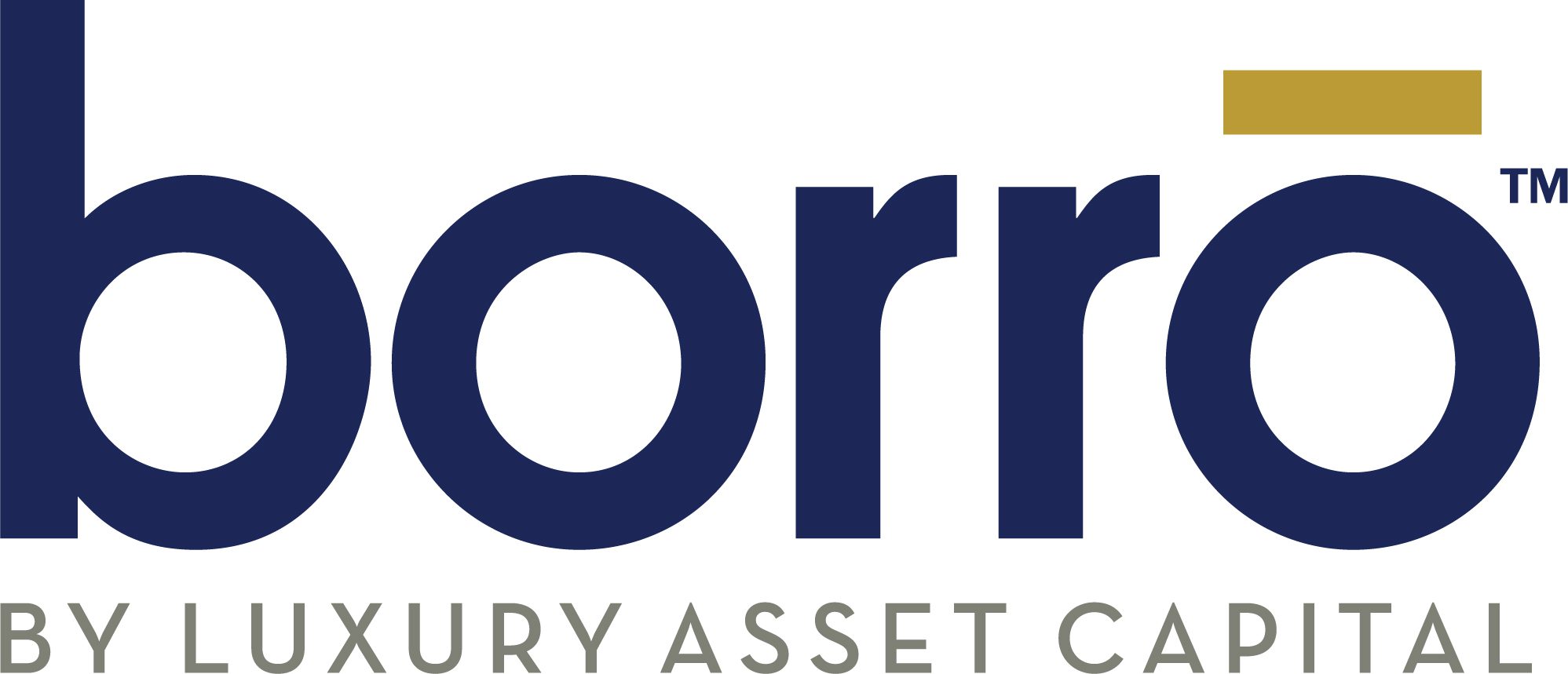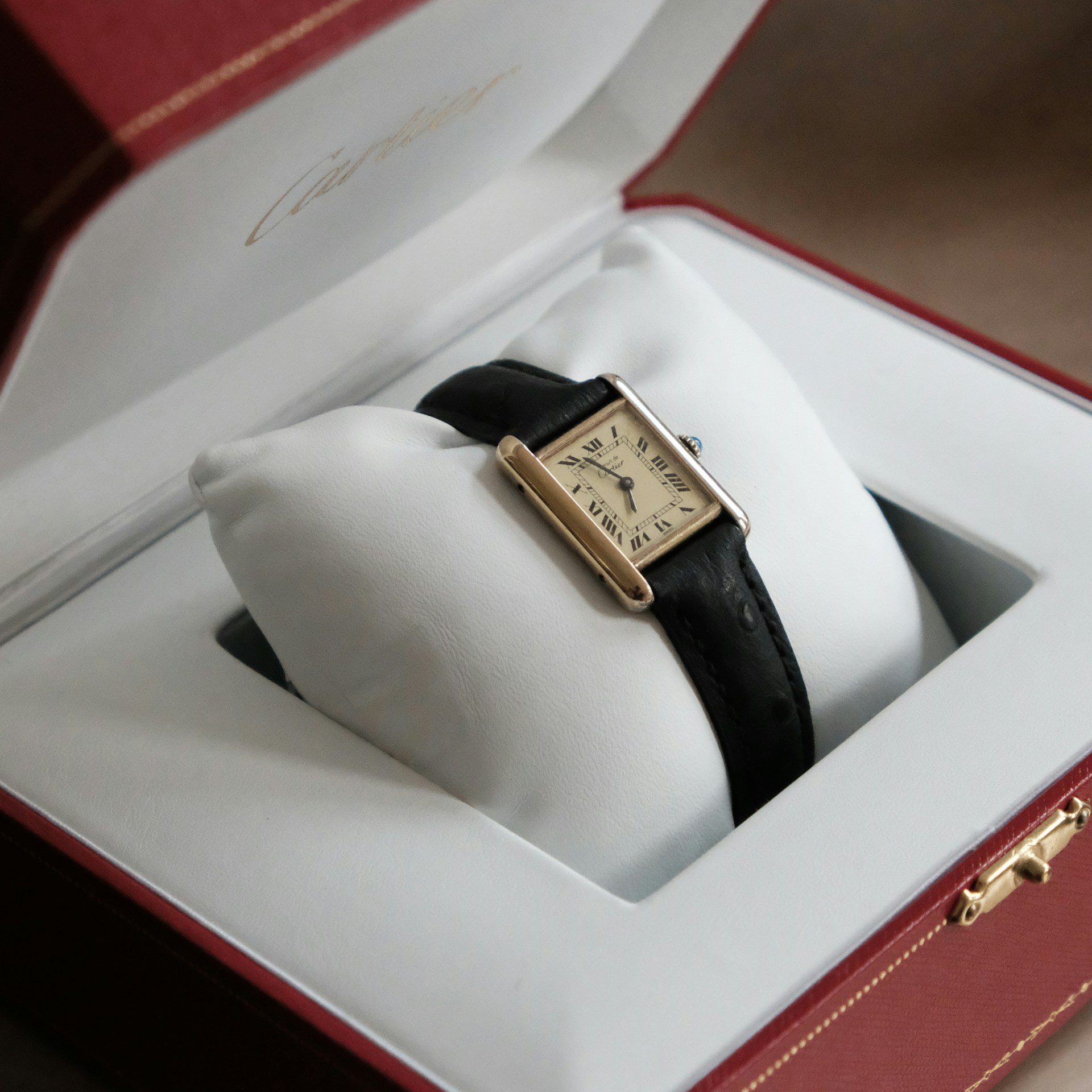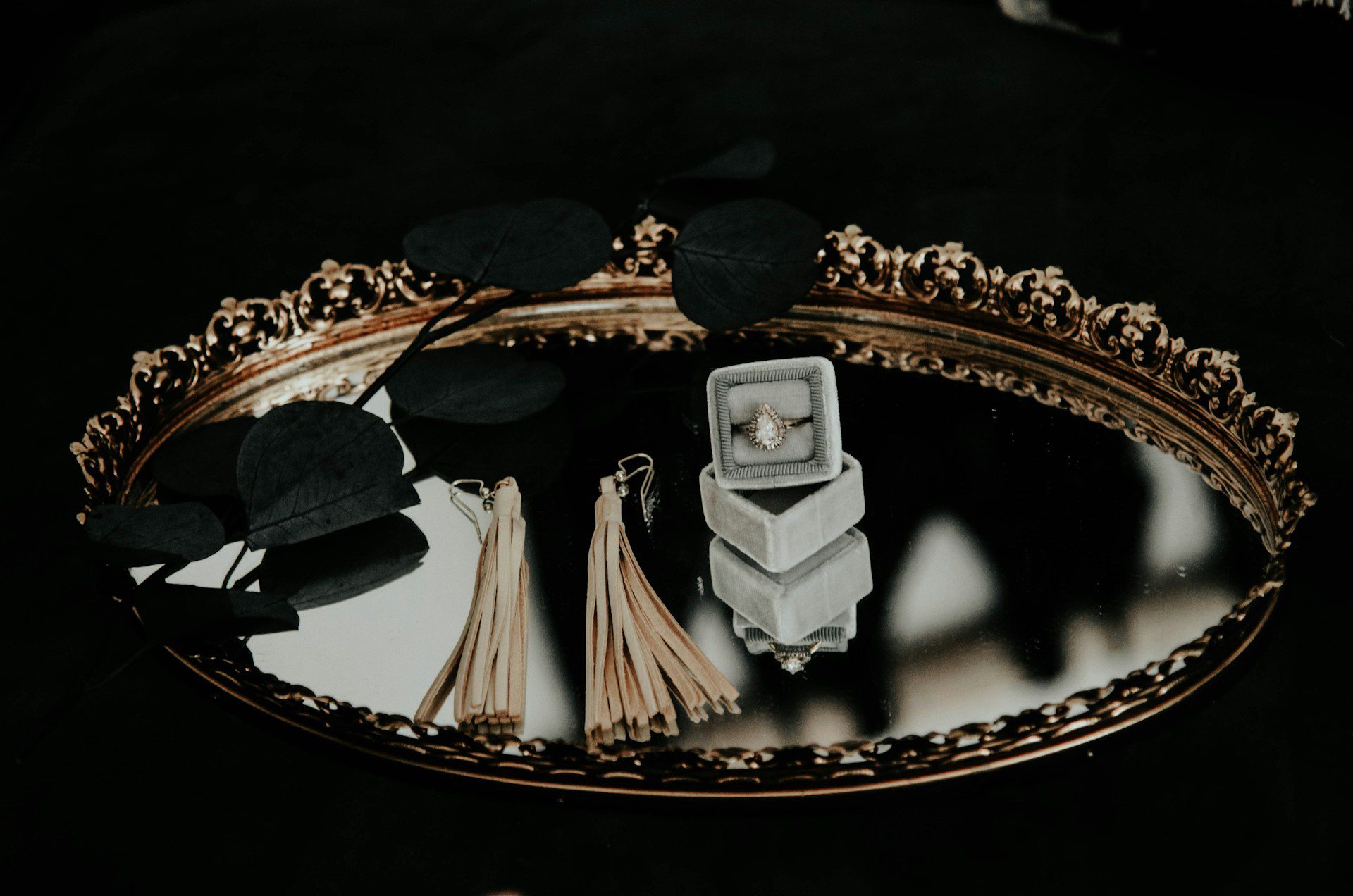When it comes to authenticating and valuing royal jewels, there are a number of factors to consider. From understanding the history of the piece to analyzing its rarity and condition, here are the key steps to take when evaluating a royal jewel.
Step 1: Research the History of the Piece
Before you can begin to authenticate and value a royal jewel, it’s important to understand its history. This includes researching its provenance, or the history of its ownership, as well as any documentation or certificates that may accompany the piece. In some cases, the jewel may have been part of a famous collection or worn by a prominent historical figure, which can add to its value.
In order to research the history of the piece, you can start by looking for any documents or certificates that may accompany the jewel. These documents can provide valuable information about the history of the piece, including its previous owners and any significant events or occasions it may have been a part of.
You can also conduct research into the provenance of the jewel, which involves tracing the ownership of the piece back through history. This can be a time-consuming process, but it can provide valuable insights into the significance of the piece and its place in history.
Step 2: Analyze the Rarity of the Jewel
Once you have a good understanding of the history of the jewel, the next step is to analyze its rarity. This involves considering factors such as the rarity of the gemstones, the quality of the craftsmanship, and the overall design of the piece. Additionally, any unique features or characteristics of the jewel, such as its color or size, can also impact its rarity and value.
To analyze the rarity of the jewel, you can start by examining the gemstones used in the piece. Gemstones that are rare or difficult to find, such as diamonds or emeralds, will generally increase the value of the piece. You can also consider the quality of the craftsmanship, including the skill and precision used to create the piece.
The overall design of the piece is also an important factor to consider when analyzing its rarity. Unique or unusual designs are often more valuable than those that are more common or traditional. Additionally, any features that make the piece stand out, such as a large or unusually colored gemstone, can increase its rarity and value.
Step 3: Assess the Condition of the Jewel
In addition to considering the history and rarity of the jewel, it’s also important to assess its condition. This includes examining the jewel for any signs of damage, wear and tear, or restoration. A jewel that is in pristine condition is generally more valuable than one that has been damaged or altered.
To assess the condition of the jewel, you can start by examining it closely for any signs of damage or wear. This can include scratches, chips, or cracks in the gemstones or the metal setting. You can also look for any signs of restoration or repair, such as soldering or filling in of the metal.
It’s important to note that some signs of wear and tear may be acceptable, particularly in antique or vintage pieces. However, it’s important to assess the overall condition of the jewel and determine whether any damage or wear is significant enough to affect its value.
Step 4: Consult with Experts
When it comes to authenticating and valuing royal jewels, it’s important to consult with experts in the field. This can include jewelers, appraisers, and historians who specialize in royal jewels. These experts can provide valuable insights into the history, rarity, and condition of the jewel, as well as its overall value on the market.
To find experts in the field, you can start by researching professional organizations or associations that specialize in jewelry or gemology. These organizations often have directories of members who have expertise in different areas of the field. You can also look for independent appraisers or consultants who specialize in royal jewels.
When consulting with experts, it’s important to ask for their credentials and experience in the field. You should also be prepared to provide them with as much information as possible about the jewel, including any documentation or certificates you have, as well as any research you have conducted on the piece.
Step 5: Consider Market Trends
Finally, it’s important to consider current market trends when valuing a royal jewel. This includes factors such as the demand for similar pieces, recent sales of similar jewels, and the overall state of the economy. By taking these factors into account, you can get a better sense of the jewel’s true value on the market.
To consider market trends, you can start by researching recent sales of similar jewels at auction or through private sales. This can give you an idea of what similar pieces are selling for and how the market is currently valuing these types of jewels.
You can also consider the overall state of the economy and how it may be affecting the demand for luxury goods such as royal jewels. For example, during times of economic uncertainty, the demand for luxury goods may decrease, which can affect the value of the jewel.
Conclusion
By following these key steps, you can effectively authenticate and value royal jewels, ensuring that you get the most accurate and fair assessment of the piece’s worth. Remember to take your time and gather as much information as possible before making any decisions about buying or selling a royal jewel.






